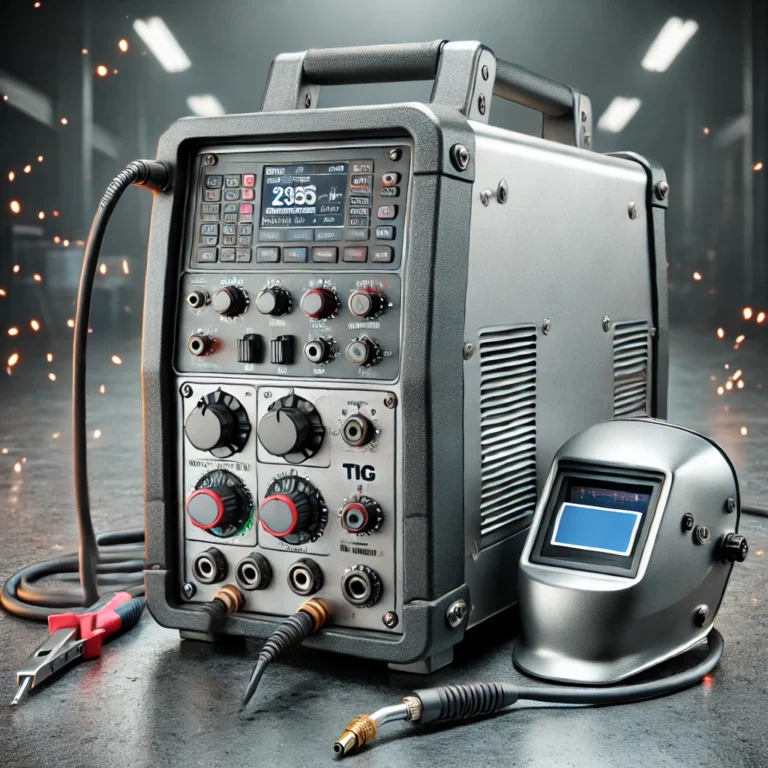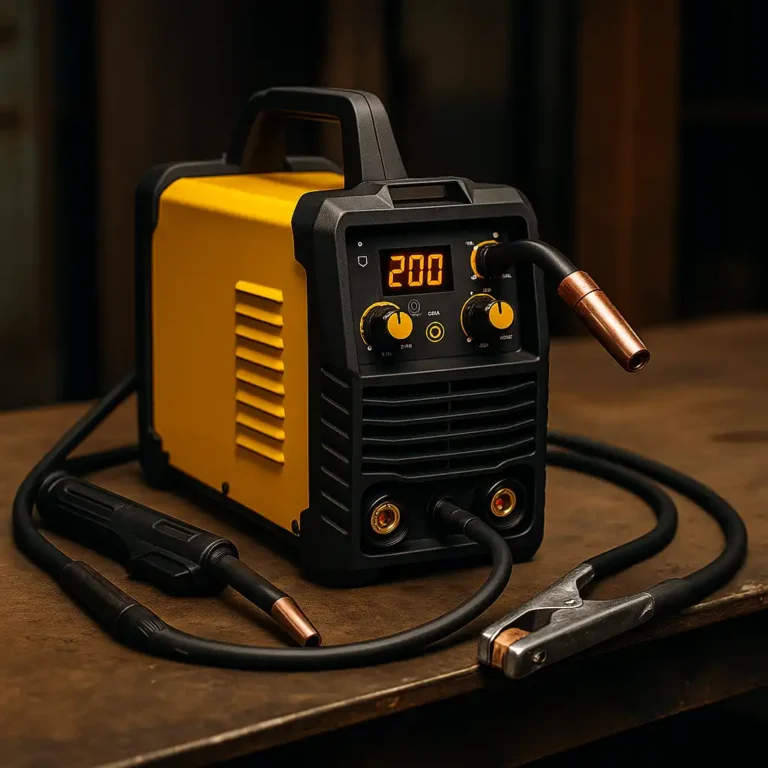Best MIG Welder for Home Use: Top Picks for DIY Projects

Disclosure: This post contains affiliate links. As an Amazon Associate, I earn from qualifying purchases—at no extra cost to you.
Choosing the right MIG welder for home use can make all the difference in your welding projects. Whether you’re a beginner or an experienced DIYer, finding a welder that balances performance, ease of use, and affordability is key. Let’s dive into some top options that meet these criteria.
Why Choose a MIG Welder for Home Use?
MIG welders are popular for home use due to their simplicity and versatility. They allow you to produce clean, strong welds with minimal experience. Additionally, MIG welders excel in handling thin metals, making them ideal for home repairs, auto body work, and hobby projects.
Top MIG Welders for Home Use
YESWELDER 135Amp MIG Welder
- Power Supply: 110V for standard home outlets
- Output Power: 135 amps
- Key Features: 3-in-1 functionality supporting Flux MIG, Lift TIG, and Stick welding
- Best For: Beginners and those working on light-to-medium-duty welding tasks
This welder is compact yet powerful. Its IGBT inverter technology ensures stable performance and offers a user-friendly digital display to simplify adjustments.
Hobart Handler 140 MIG Welder
- Power Supply: 115V
- Output Power: Up to 140 amps
- Key Features: Dual-gauge regulator for precise gas control; capable of welding up to 1/4-inch mild steel
- Best For: Home workshops, auto repairs, and light fabrication projects
The Hobart Handler 140 is renowned for its durability and reliability, making it an excellent choice for serious DIYers seeking professional results.
HIZONE 200A MIG Welder
- Power Supply: Dual voltage (120V/240V)
- Output Power: Up to 200 amps
- Key Features: 8-in-1 multi-process capabilities for gas MIG, flux core MIG, stick welding, and more
- Best For: Versatile projects requiring multiple welding techniques
The HIZONE 200A’s large LED display makes operation simple, and its versatility suits a variety of home welding tasks.
Key Features to Look for in a Home MIG Welder
When choosing the best MIG welder for home use, consider these factors:
- Power Output: Ensure the welder provides enough power for the materials you plan to weld.
- Voltage Compatibility: For home use, 110V/115V models are convenient and plug directly into standard outlets.
- Portability: Compact and lightweight designs make storage and movement easier.
- Ease of Use: User-friendly controls and clear instructions are ideal for beginners.
Conclusion
Finding the best MIG welder for home use doesn’t have to be overwhelming. The YESWELDER 135Amp, Hobart Handler 140, and HIZONE 200A each offer unique advantages, catering to various skill levels and project types. By focusing on power, features, and ease of use, you can confidently invest in a machine that meets your needs.






